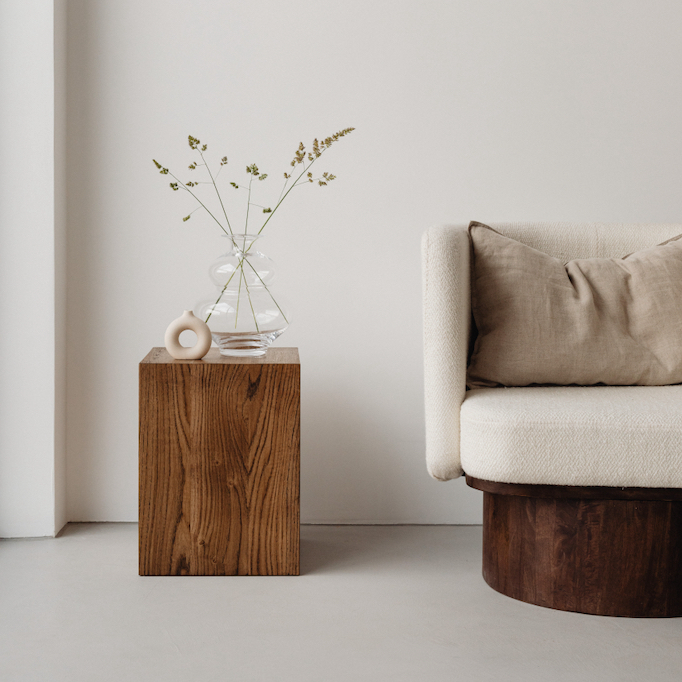
Do you want to keep things tidy at home and the office?
Are you looking for some straightforward, no-frills, and no-nonsense pointers?
In this post, you’ll find seven quick tips to help you keep things tidy in your home and place of work.
Do keep in mind, there are no shortcuts when it comes to putting things in order.
Like many things in life, you have to put in both time and effort, and follow a few basic rules of the road in order to make things work.
Ready? Let’s get started with the tips.
Put things back where they belong.
Okay, this may sound like no-brainer tip…and it is. Nevertheless, this is a tip that people often ignore!
If you want to keep things looking neat, simply return items back to where they belong.
In most cases, it literally only takes a few seconds to replace an item.
Return that pair of scissors to your desk drawer, put that pitcher back into the kitchen cabinet, and file that stack of archival project files.
Clean up after yourself.
This tip may sound a bit similar to the first tip, but there is a slight difference.
Putting things back where they belong is more of a singular event, such as returning a cookbook to a bookcase.
Cleaning up after yourself, however, entails dealing with all the different bits that go into organizing a larger event.
It also involves some sort of light cleaning, be it washing, wiping, or scrubbing, when you are finished with your work.
For example, if you baked a cake, you would clean up after yourself by: putting away ingredients, wiping down the counter, and washing utensils and bowls.
No matter how you clean up after yourself, the idea is to leave your immediate area, workspace, or workstation in a clean and orderly fashion.
Follow existing organizational structures or systems.
Remember that filing system you created last year for your household bills? Are you still following it?
If not, you’ll probably want to revisit your carefully crafted filing criteria.
Avoid making things more difficult for yourself than they need to be.
If there is an existing system or organizing structure in place that is solid, practical, and has worked for you in the past, don’t hesitate to use it!
Yes, you make have to dig out your notes or review how things are set up, but that’s far less energy and time spent than reorganizing your system.
Create a holding zone.
Let’s say you’re in a rush to tidy up your office.
You return office supplies back to the cabinet, place dirty mugs in the dishwasher in the kitchen, push your chair, but what to do with those papers that need to be filed?
The easiest way to deal with this is to great a temporary holding zone for items.
This zone is a place to temporarily store and contain items.
In this case, you could use a basket, box, container for your papers, or just carve out a space on your desk or countertop near your filing cabinet.
You can easily pick up where you left off at a later date, plus, if you need to refer to something before you get to your filing, you’ll know where to find it.
Regularly process items in your holding zone.
Let’s set things straight: there’s no sense in creating a holding zone if you’re not going to clean it out on a regular basis.
Otherwise, you know what eventually happens: your zone becomes a general dumping ground for any and all things.
To combat this, set a recurring task in your calendar to process items in your holding zone.
Yes, this isn’t an urgent task, but it still needs to be taken care of if you want to have a tidy space.
Use a single location to store reference information.
Countless scraps of paper and sticky notes can quickly clutter up a space.
Instead of spreading out information, keep it contained in one location.
You won’t have to search high and low for items. Plus, your space will look a little less cluttered when you have less stuff lying around.
You could store information in a paper planner, a smart phone or computer app, or create a reference binder to help you easily keep track of everything.
Set tidying guidelines.
Who says a room has to be completely tidy all of the time? That’s a completely unrealistic way of going about things.
If you’re pressed for time, or want things to look a little bit better, sometimes, the bare minimum will suffice quite nicely.
Try setting a couple of tidying guidelines for yourself: one for when you have a lot of time and energy to spare, and another for those less than enthusiastic days.
Let’s use the bedroom as an example. If you don’t have a lot of time, making your bed and throwing dirty laundry into the hamper may be just enough to keep things from looking too messy.
When you do have more time, you can take care of all those items on your tidy-up list, put clean laundry in the closet and dresser, reorganize your shoe collection, and declutter your nightstand.
How about you? How do you keep things tidy and under control in your home and/or office? What’s the breaking point, or the tipping point, when you know things have gotten a bit out of control and you need to tidy up? Join the conversation and leave a comment below!





Great tips and not too daunting! Thank you.
You’re welcome, Jenn!